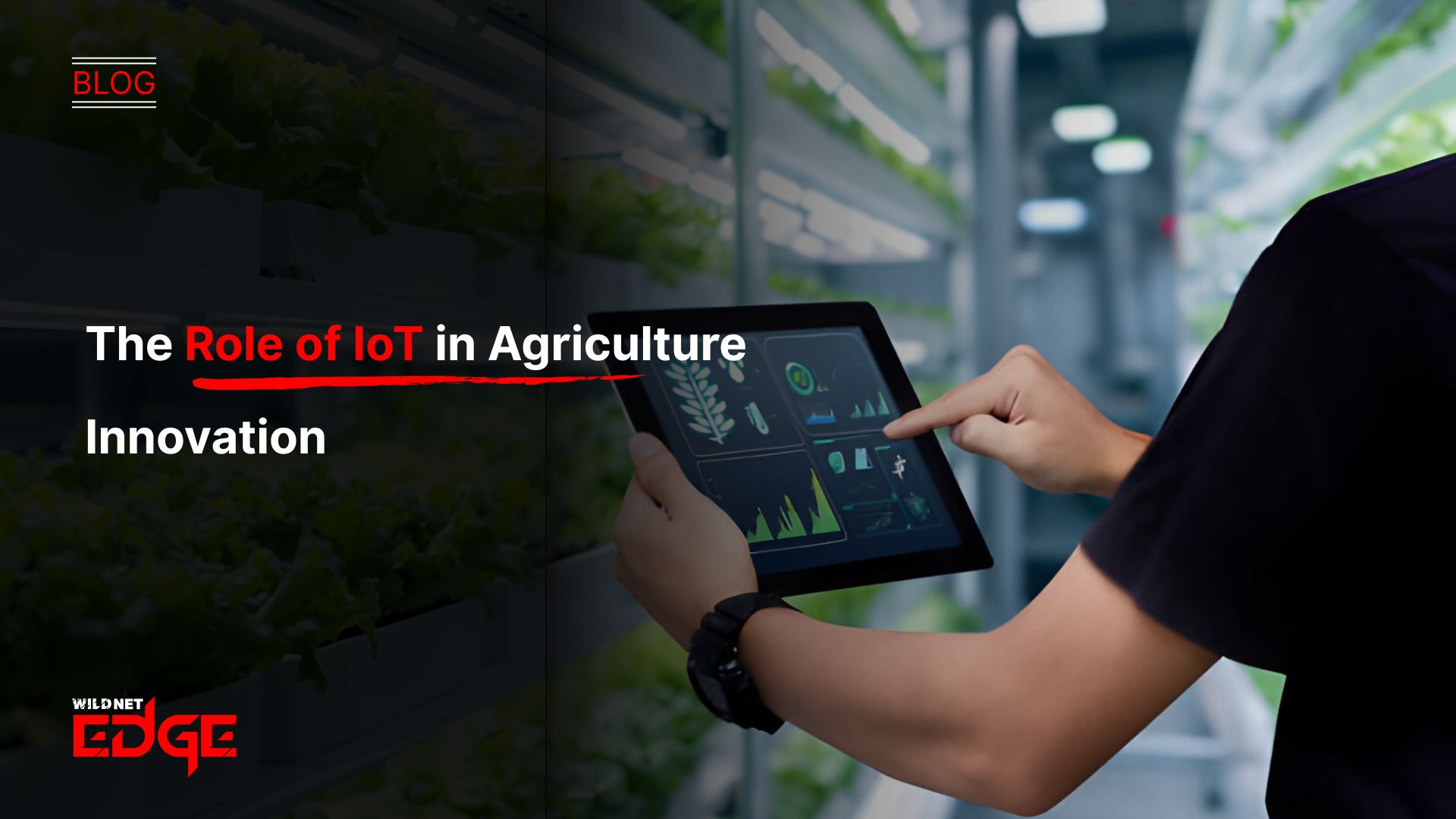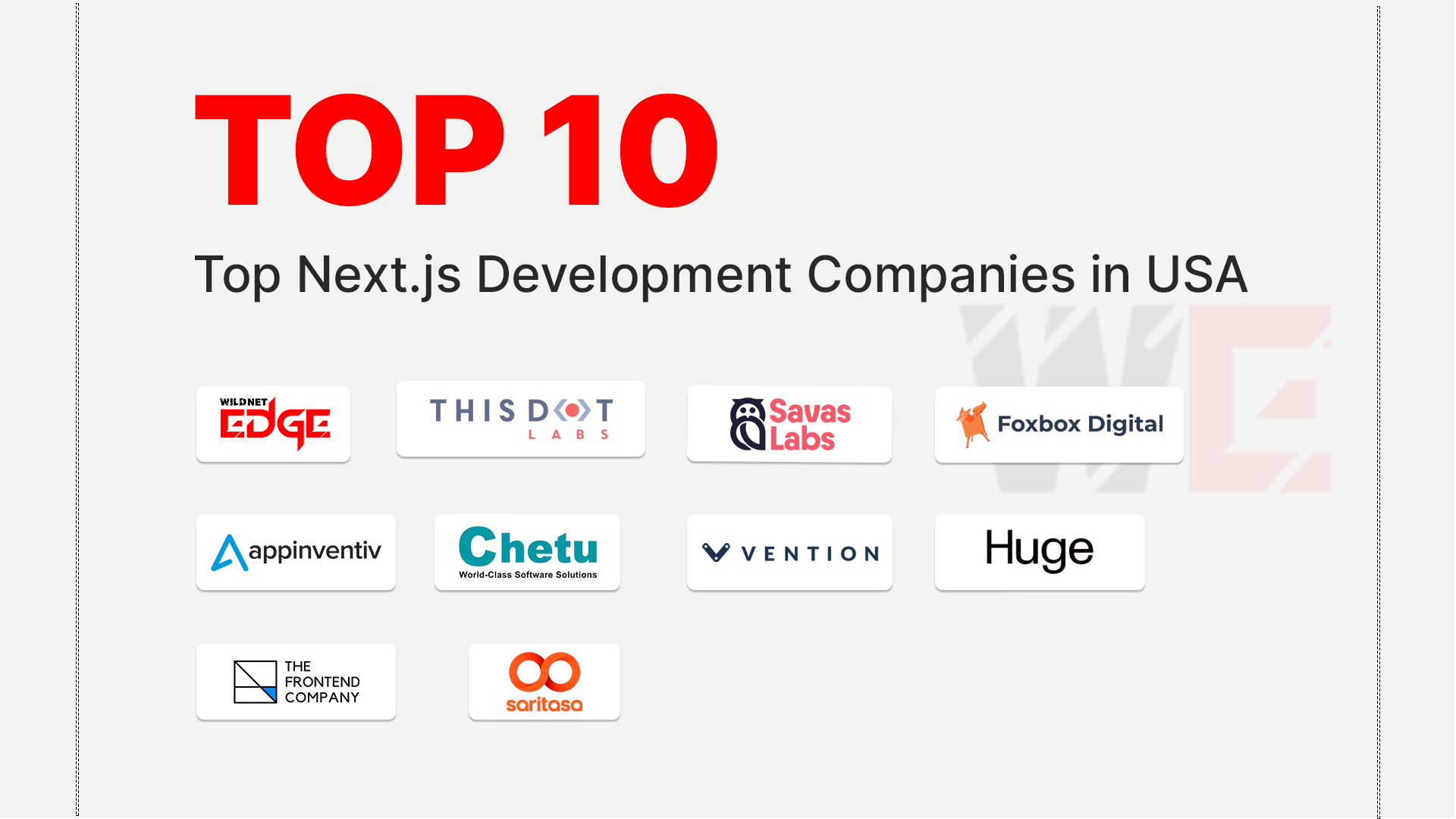TL;DR
This article explores the significant role of the Internet of Things in modernizing agriculture through data-driven insights. It explains how IoT in agriculture connects various farm elements sensors in fields, drones, and machinery to collect real-time environmental and operational data. Key benefits detailed include optimized resource usage (water, fertilizer), improved crop yields through precision monitoring, and enhanced livestock management. The guide discusses specific smart farming solutions like automated irrigation and IoT crop monitoring systems.
Feeding a growing global population sustainably is one of the greatest challenges of our time. Traditional farming methods, often reliant on experience and intuition, face increasing pressure from climate change, resource scarcity, and rising demand. The solution lies in a smarter, more precise approach powered by technology. The Internet of Things (IoT) is revolutionizing the agricultural sector, transforming farms into intelligent ecosystems. Embracing IoT in agriculture is no longer a futuristic vision; it’s the key to building a more productive, efficient, and sustainable food future.
What is IoT in Agriculture?
IoT in agriculture, often referred to as smart farming, involves deploying a network of connected sensors, devices, drones, robots, and data analytics platforms across farming operations. These devices collect real-time data about crucial variables:
- Environmental Conditions: Soil moisture, temperature, humidity, light levels, rainfall.
- Crop Health: Nutrient levels, pest detection (via imaging), growth stages.
- Livestock: Location tracking, health monitoring (temperature, activity levels), feeding patterns.
- Equipment Status: Tractor performance, irrigation system operation, drone positioning.
This data is transmitted wirelessly to a central platform, providing farmers with unprecedented visibility and control over their operations. This enables data-driven decision-making and precise interventions, forming the core of smart farming solutions.
The Core Benefits of Smart Farming Solutions
Implementing IoT technologies delivers tangible benefits across the entire agricultural value chain.
Optimized Resource Usage (Water, Fertilizer, Pesticides)
Precision agriculture is a major benefit. Instead of applying water or fertilizer uniformly across a field, IoT sensors provide granular data about specific conditions in different zones. This allows for targeted application only where needed, significantly reducing water consumption, fertilizer runoff, and pesticide use. This IoT energy efficiency leads to cost savings and promotes environmental sustainability.
Improved Crop Yields and Quality
Continuous monitoring allows for early detection of potential problems. IoT crop monitoring sensors can alert farmers to nutrient deficiencies, water stress, or early signs of pest infestation, enabling rapid intervention before significant damage occurs. Drones equipped with multispectral cameras can assess crop health across vast areas. This proactive management leads to healthier crops, higher yields, and better quality produce. Engaging an IoT Development Company can help build these custom monitoring systems.
Enhanced Livestock Management
For livestock farmers, IoT offers powerful tools. GPS ear tags can track animal location and detect unusual movement patterns that might indicate illness or distress. Biometric sensors can monitor individual animal health metrics like temperature and heart rate. Automated feeding systems ensure optimal nutrition. This leads to healthier animals, reduced losses, and improved productivity.
Reduced Operational Costs and Labor
Automation plays a key role. Automated irrigation systems adjust watering based on real-time soil moisture data. Drones can perform crop scouting tasks much faster than humans. Robotic systems can assist with planting and harvesting. While requiring initial investment, these technologies significantly reduce manual labor requirements and overall operational costs over time. This is a key area where businesses aim to Automate Business Processes.
Key Applications of IoT in Agriculture
The practical applications are diverse and rapidly evolving.
- Precision Farming: Applying GPS and sensor information to enhance the planting, fertilizing, and harvesting of specific field zones.
- Smart Irrigation: Setting watering times automatically according to the soil moisture and weather forecast in real-time.
- Climate Monitoring: Making use of weather stations and environmental sensors to learn about microclimates and foresee conditions.
- Drone-Based Crop Monitoring: Employing different types of cameras (RGB, multispectral, thermal) on drones for aerial surveillance of plant health, pest detection, and yield estimation.
- Livestock Tracking & Health: Implementing wearables and sensors to supervise animal location, health, and behavior.
- Smart Greenhouses: Conducting climate control (temperature, humidity, lighting) automation for indoor growing conditions that are optimal.
Developing the user interfaces for these systems often involves a skilled Custom App Development Company.
IoT in Agriculture in Action: Case Studies
Case Study 1: How a Vineyard Cut Water Use by 30% and Boosted Yield
- The Challenge: A large vineyard in a water-scarce region needed to optimize its irrigation practices to conserve water while ensuring optimal grape quality. Manual monitoring was inefficient across their vast acreage.
- Our Solution: We deployed a network of soil moisture sensors throughout the vineyard, connected via LoRaWAN. The real-time data fed into a cloud platform that controlled their existing irrigation valves, delivering precise amounts of water only when and where needed based on varietal type and soil conditions.
- The Result: The vineyard reduced its water consumption by 30% while simultaneously improving grape consistency and yield by 10%. The data-driven approach allowed for precise management previously impossible.
Case Study 2: IoT-Powered Dairy Health: Early Illness Detection Boosts Herd Productivity
- The Challenge: A dairy farmer was experiencing losses due to undetected illnesses in the herd, particularly during calving season. Early detection was critical but difficult with visual inspection alone.
- Our Solution: We implemented an IoT solution using ear tags equipped with temperature and activity sensors. The system established baseline behavior patterns for each cow and alerted the farmer via a mobile app to any significant deviations indicating potential illness or distress. This required robust design, often handled by a specialized Product Development Company.
- The Result: The farmer was able to detect and treat sick cows 48 hours earlier on average. This significantly reduced mortality rates, lowered veterinary bills, and improved overall herd health and milk production.
Our Technology Stack for Smart Farming
We use reliable, rugged, and scalable technologies suitable for agricultural environments.
- IoT Platforms: AWS IoT Core, Microsoft Azure IoT Hub, Google Cloud IoT
- Connectivity: LoRaWAN, NB-IoT, Sigfox, Cellular (LTE-M), Wi-Fi (for hubs)
- Sensors: Soil moisture, temperature, humidity, NPK, weather stations, GPS, RFID/NFC
- Data Processing: Kafka, Spark, InfluxDB (Time-Series)
- GIS & Mapping: Esri ArcGIS, QGIS, Mapbox
- AI/ML: TensorFlow, PyTorch (for image analysis, predictive modeling)
Conclusion
IoT in agriculture is fundamentally changing how we produce food. By transforming farms into data-rich environments, smart farming solutions enable unprecedented levels of efficiency, precision, and sustainability. From optimizing water usage through IoT crop monitoring to ensuring livestock health, the benefits are tangible and significant. Embracing these technologies is key to meeting the challenges of the future and building a more resilient global food system.
Ready to harness the power of data for your agricultural operation? At Wildnet Edge, our AI-first approach ensures we deliver intelligent Software Development Solutions. We build smart farming platforms that turn sensor data into actionable insights, helping you increase yields, reduce costs, and cultivate success.
FAQs
Industrial-grade IoT sensors designed for agriculture are built to be rugged and weather-resistant (often IP67 rated or higher). Choosing high-quality hardware and ensuring proper installation are key to long-term reliability in challenging field conditions.
LoRaWAN is specifically designed for long-range, low-power communication, making it ideal for agriculture. Depending on terrain and gateway placement, it can achieve ranges of several kilometers (miles), covering large farm areas effectively.
Security is a critical consideration. Secure systems use device authentication, end-to-end data encryption, and secure cloud platforms. Protecting farm operational data from unauthorized access is essential, requiring a robust security strategy from your IoT Development Company.
Integration complexity varies. Many modern IoT platforms offer APIs (Application Programming Interfaces) designed to push data into existing Farm Management Software (FMS) or other systems (like accounting or supply chain). Careful planning is needed to ensure seamless data flow.
Key sustainability benefits include significant reductions in water usage (precision irrigation), minimized fertilizer and pesticide application (reducing chemical runoff), optimized fuel consumption (smart tractors, route planning), and improved soil health monitoring.
The cost can vary, but entry-level systems are becoming more affordable. A basic setup with a few soil moisture and weather sensors connected to a cloud dashboard might start in the range of a few thousand dollars, offering a low-risk way to begin exploring the benefits.
AI analyzes the vast amounts of data collected by IoT sensors to find patterns and make predictions. For example, AI can analyze drone imagery to identify specific types of crop disease, predict optimal harvest times based on sensor data and weather forecasts, or optimize irrigation schedules for maximum water efficiency.

Nitin Agarwal is a veteran in custom software development. He is fascinated by how software can turn ideas into real-world solutions. With extensive experience designing scalable and efficient systems, he focuses on creating software that delivers tangible results. Nitin enjoys exploring emerging technologies, taking on challenging projects, and mentoring teams to bring ideas to life. He believes that good software is not just about code; it’s about understanding problems and creating value for users. For him, great software combines thoughtful design, clever engineering, and a clear understanding of the problems it’s meant to solve.
 sales@wildnetedge.com
sales@wildnetedge.com +1 (212) 901 8616
+1 (212) 901 8616 +1 (437) 225-7733
+1 (437) 225-7733































